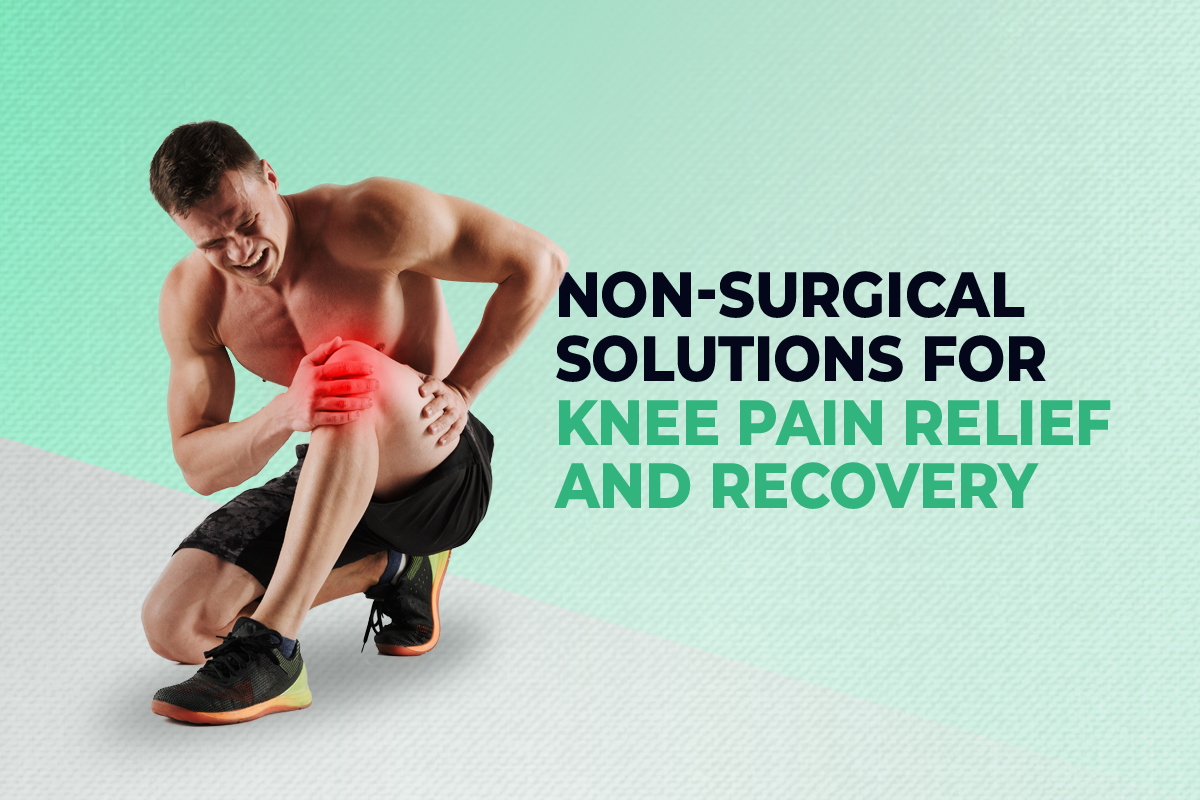Knee pain is a common condition affecting individuals of all ages. It may stem from injuries, arthritis, or overuse and significantly impact mobility and quality of life. This article provides a thorough exploration of knee pain treatment options and preventive strategies.
Treatment Options for Knee Pain
RICE Method for Immediate Relief
The RICE method (Rest, Ice, Compression, Elevation) is a foundational treatment approach for acute knee pain caused by injuries. It effectively reduces swelling, alleviates pain, and promotes recovery.
- Rest: Cease all physical activities that could aggravate the knee injury. Prioritize immobilizing the affected area.
- Ice: Apply a cold compress or ice pack wrapped in a towel to the knee for 15–20 minutes every hour on the first day. After 24 hours, reduce application to every three to four hours.
- Compression: Use an elastic bandage or compression wrap to control swelling and provide support. Consult a healthcare provider to ensure proper usage.
- Elevation: Keep the knee elevated above heart level using cushions or pillows to reduce swelling and encourage circulation.
Medications for Pain Management
Over-the-counter (OTC) medications can offer temporary relief from knee pain. Common options include:
- Nonsteroidal Anti-Inflammatory Drugs (NSAIDs): Ibuprofen, aspirin, and naproxen reduce inflammation and pain.
- Acetaminophen: Provides pain relief without anti-inflammatory effects. Note: Prolonged use of these medications should be avoided unless under medical supervision, particularly for individuals with kidney or liver conditions.
Knee Braces for Support
Knee braces stabilize the joint, improve alignment, and reduce strain. They are often recommended for:
- Post-injury support
- Arthritic pain relief
- Preventing further injury during physical activity
A healthcare provider will determine the type of brace needed, which could range from simple elastic supports to more rigid, custom-designed braces.
Physical Therapy for Rehabilitation
Physical therapy is an essential component of knee pain treatment, especially for chronic conditions like arthritis or post-injury recovery. Key benefits include:
- Strengthening muscles surrounding the knee.
- Enhancing flexibility and joint stability.
- Reducing pain and improving mobility.
A certified physical therapist can tailor a program to suit individual needs, incorporating stretches, exercises, and balance training.
Surgical Interventions
Surgery is typically reserved for severe cases where conservative treatments have failed. Common procedures include:
- Knee Arthroscopy: Minimally invasive surgery using an arthroscope to diagnose and repair joint damage.
- Knee Replacement (Arthroplasty): Involves replacing the damaged knee joint with a prosthesis. Types include:
- Partial Knee Replacement: Replaces only the damaged portion.
- Total Knee Replacement: Involves replacing the entire joint.
Recovery periods vary depending on the procedure, with most individuals experiencing significant improvement in mobility and pain reduction.
Preventing Knee Pain
While some causes of knee pain, such as arthritis or accidents, may be unavoidable, adopting preventive measures can lower the risk of injury and chronic issues.
Safety During Physical Activity
- Wear Proper Gear: Use appropriate protective equipment for sports or physical labor.
- Avoid Overexertion: Listen to your body; avoid “playing through the pain.”
- Warm-Up and Cool Down: Stretching before and after activity reduces strain on the knees.
Home and Workplace Precautions
- Eliminate tripping hazards, such as loose rugs or cluttered walkways.
- Use sturdy tools and equipment instead of standing on unsafe surfaces like chairs or countertops.
- If mobility is impaired, utilize walking aids such as canes or walkers.
Understanding When to Seek Medical Attention
Persistent knee pain warrants professional evaluation. Symptoms that require immediate medical attention include:
- Severe pain or swelling.
- Inability to bear weight on the knee.
- Visible deformity.
- Persistent instability or locking.
Conclusion
Effective knee pain management combines timely treatment with preventive strategies. By employing methods such as the RICE protocol, using supportive devices, and engaging in physical therapy, most individuals can experience significant relief and recovery. For those with severe cases, advanced medical interventions like surgery offer hope for restoring functionality. Prioritizing safety during activities and maintaining a proactive approach to joint health are critical for long-term knee wellness.
